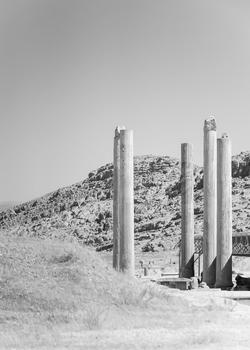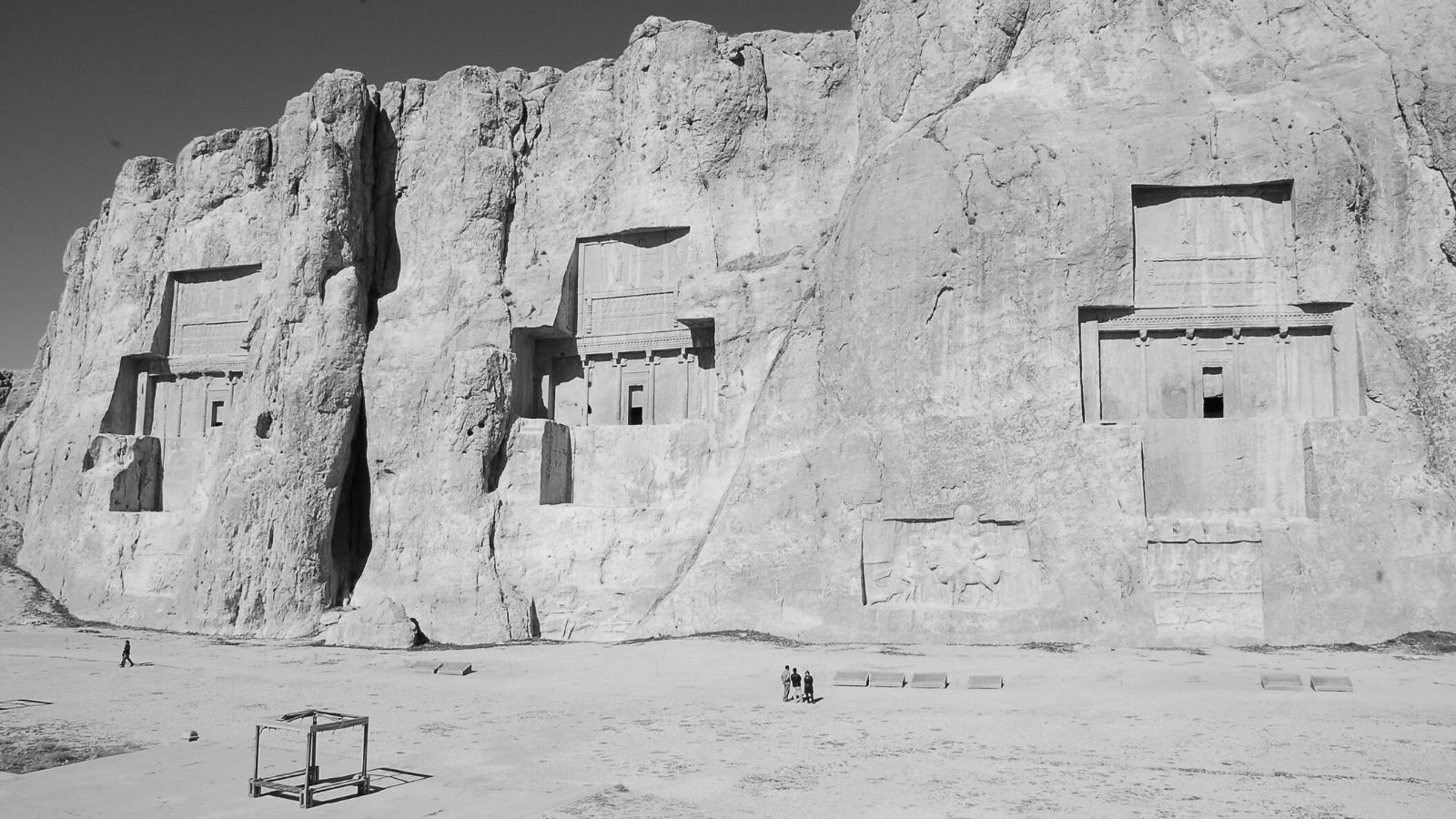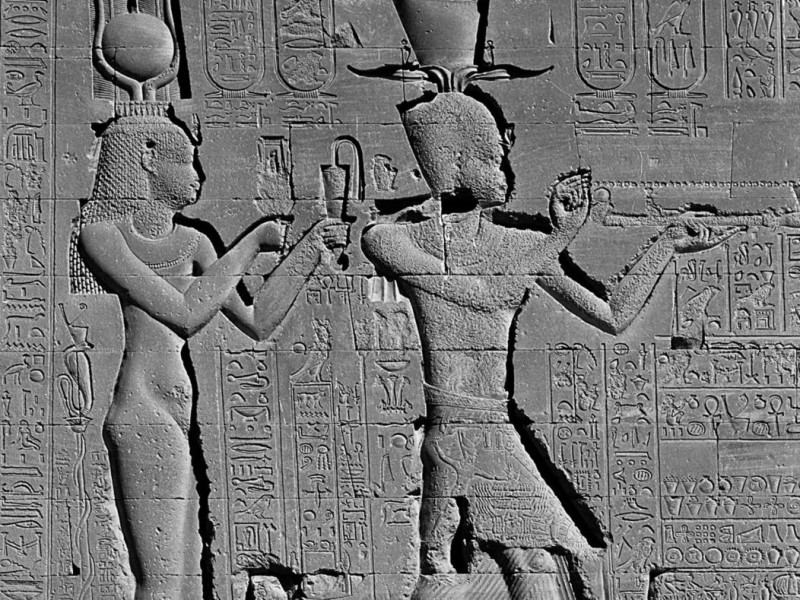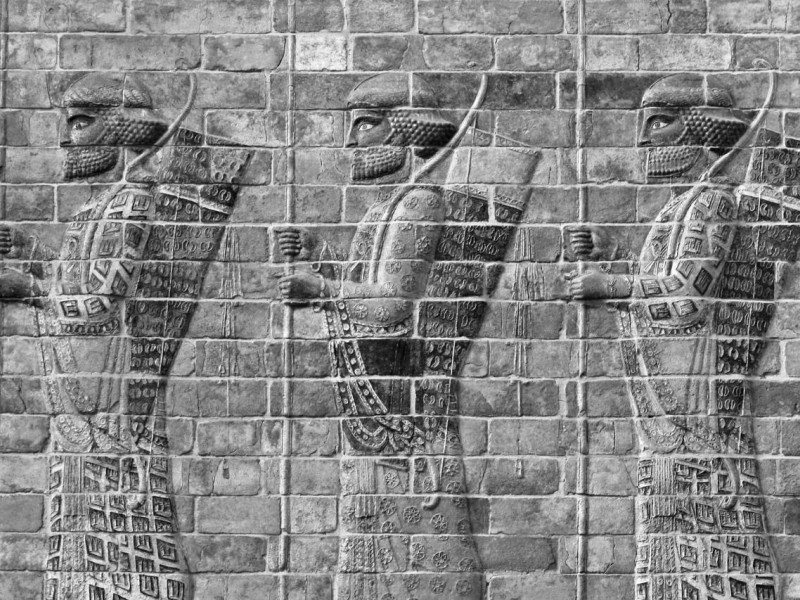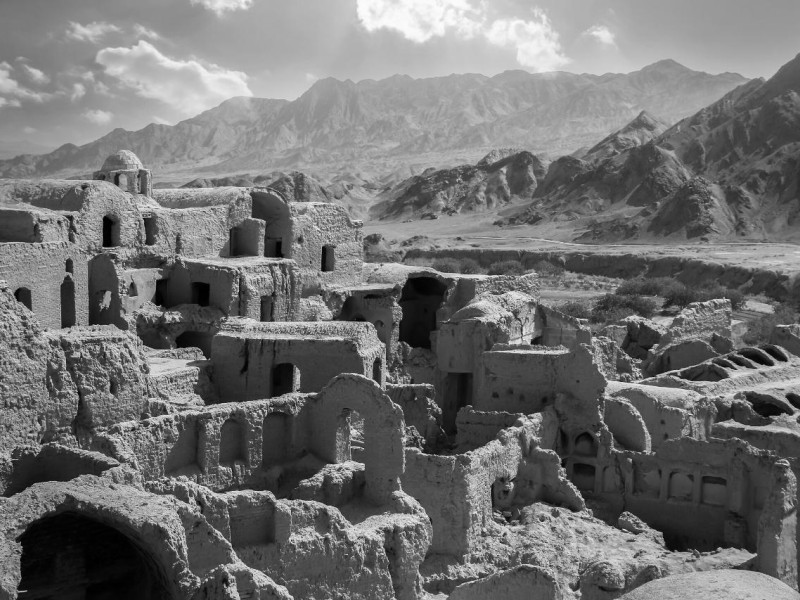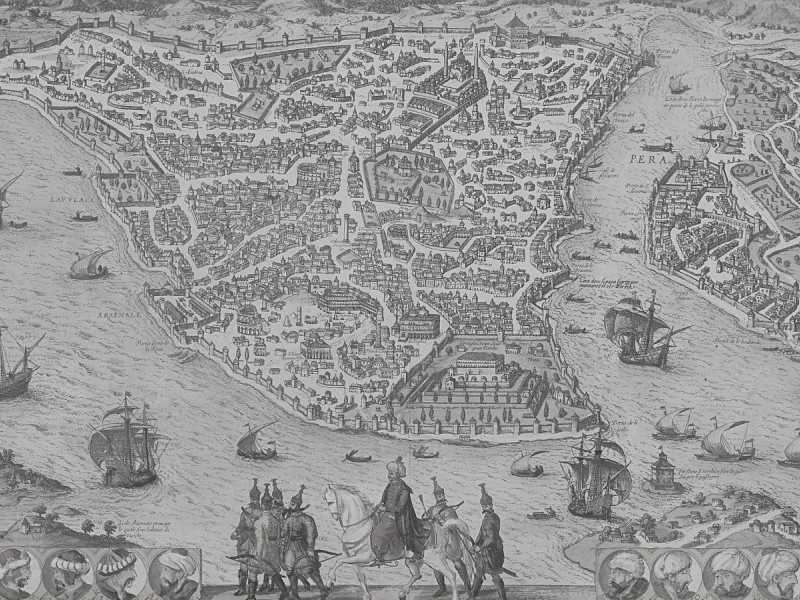Why Did the Persian Empire Fall: An Ancient Colossus’ Demise
The fall of the Persian Empire happened after a series of tumultuous periods, including an economic crisis, bad governance, power struggles within the empire, revolts by the people, and finally, the conquest by Alexander the Great.
In addition, several pitfalls occurred in the administration of the empire after enjoying long periods of unparalleled success, which caused Persia’s eventual demise.
Keep on reading to find out the reasons why the Persian Empire fell.
What Caused the Persian Empire to Fall?
The decline of Persian Empire began from a period of hardship under the rule of Darius’s son, Xerxes I. Xerxes depleted much of the royal treasury from funding a second military campaign to invade Greece (the first campaign took place under Darius the Great), which later failed in 480 BC, and continued with his irresponsible spending upon returning home.
In addition, the costly defense of Persia’s lands depleted the empire’s funds, leading to heavier taxation among Persia’s subjects.
The Persian Empire was established by Cyrus the Great, who united the Medes and the Persians to build a great Empire, creating the cornerstone of a great civilization. Another great king, Darius I, expanded the territory even further. And most importantly, he implemented various changes and systems which guided Persia to the apex of world power.
The Fall of The Persian Empire: Heavy Taxation and The Economic Downfall
The heavy taxes imposed upon the public, which ultimately led to an economic slump, put the kingdom on a slippery slope that culminated in the downfall of Persian Empire. Moreover, the mandatory tributes demanded from the subject nations were unmanageable.
In addition to the material goods and supplies offered as tributes, all other funds except the high overhead of government—the army, the bureaucracy, whatever the satraps could securely accumulate in the reserves for themselves— went into the royal treasury.
The Persian leaders grew a habit of hoarding considerable amounts of money, which stagnated the general economic circulation. This is why, at Persepolis, Alexander the Great discovered large amounts of silver talents.
He recirculated this hoard back into the economy, and by the time of his death, a large portion of the talents had been spent on the building of cities, shipyards, temples, and the payment of the troops, besides other usual government expenses.
The last Persian king, Darius, took about 8000 talents when he fled from Alexander to the north. Likewise, Harpalus, a satrap of Persia, fled to Greece with about 6000 talents; this money was later in possession of Athens. Its citizens used it to rebuild its economy after confiscating it during their conflicts with the Corinthian League.
However, due to the flood of money from Alexander’s treasure entering Greece, a disruption in the economy occurred. The sectors affected were agriculture, banking, and rents, but a significant increase in mercenary soldiers and increased piracy attacks also worsened the situation.
The Fall of The Persian Empire: Weak Leadership and Lack of Identity
During the downfall of Persian Empire, the emperors were unsuccessful at ever molding the many subject nations into a whole; the creation of a national identity was never attempted. Any such intentions were hindered by the stringent economic conditions and the wide cultural gap. This lack of cohesion eventually affected the military’s efficiency.
The empire also lacked a strong ruler after the demise of Xerxes I (486-465 BC). This, along with the lack of national identity, led to much internal commotion. Many of these were fought for supremacy and notorious satrap’s revolts which worsened the condition of the Persian state and catalyzed the fall of the Persian Empire.
The Fall of The Persian Empire: Power Struggles
Artaxerxes I, who reigned from 465 until 424 BC, was succeeded by his son Xerxes II. However, after just about two months, Xerxes II was assassinated by his half-brother, Sogdianus.
As Sogdianus assumed the throne, his illegitimate brother, Ochus, the satrap of Hyrcania, rebelled and killed him after a brief fight. Ochus then adopted the name Darius.
Neither the names Xerxes II nor Sogdianus occur in the dates of the numerous Babylonian tablets from Nippur; here, the reign of Darius II follows immediately after that of Artaxerxes I.
Artaxerxes II, who succeeded his father Darius II, lost the satrapy of Egypt. And in the following year, Cyrus the Younger employed a force of mercenaries, The Ten Thousand, to wrest control of the throne of the Persian Empire. Although Cyrus was defeated, the rebellion had perilous consequences, as it established the superiority of the Greek hoplites deployed by Cyrus and exposed the vulnerability of Persia to the Greeks.
Artaxerxes III, who succeeded Artaxerxes II, was poisoned by his general Bagoas, alongside all his sons except one. The surviving son of Artaxerxes III, Artaxerxes IV Arses, was placed on the throne. However, he later got poisoned by Bagoas after asserting his independence from the general’s influence. Consequently, Darius III took over the throne and ended Bagoas, personally forcing him to drink poison.
The Fall of The Persian Empire: Revolts and Turmoil
The reign of Artaxerxes II, though generally peaceful, was disturbed by several insurrections. At first, Artaxerxes II was successful in his disputes with Greece. Then, however, he started having more trouble with the Egyptians, who had rebelled at the beginning of his reign.
Eventually, the Persians did attempt to reconquer Egypt in 373 BC but were unsuccessful. The only thing Artaxerxes II managed to do was defeat a joint Egyptian–Spartan effort to conquer Phoenicia.
Moreover, his son and successor, Artaxerxes III, was a cruel but energetic ruler. To secure his throne, he put to death most of his relatives. In 356 BC, he ordered the disbanding of all the satrapal armies of Asia Minor due to concerns about their efficiency and revolt. Artaxerxes’ decisions led to some uprisings as well, which were crushed. He also forced Athens to make peace and to acknowledge the independence of its rebellious allies.
Artaxerxes initiated the second Persian conquest of Egypt. By 343 BC, he successfully reconquered Egypt and placed a satrap to look over the region. The Persian army destroyed the walls of Egyptian cities, they plundered their temples, and Artaxerxes was said to have killed the Apis bull with his own two hands.
The Fall of The Persian Empire: Alexander’s Conquest
During Artaxerxes III’s reign, Philip II of Macedonia rose in power, something which concerned Persia. In 337 BC, Philip had formed the League of Corinth to liberate the Greek cities under Achaemenid rule.
Early in 336 BC, a Greek force was sent into Asia Minor for this purpose. Despite his efforts, in July of the same year, Philip II was assassinated, perhaps at the instigation of Darius III.
In the spring of 334 BC, when Darius was just succeeding in defeating Egypt again, Alexander the Great, the late Philip’s son, and his battle-hardened troops crossed the Hellespont and invaded Asia Minor. On two occasions, Darius sent Alexander letters of friendship.
The second letter included an offer of a large ransom for Alexander’s family, yielding all Achaemenid territory on the west of River Euphrates, and the hand of Darius’s daughter in return for an alliance. Alexander’s response was to keep marching onwards as Darius did not attempt to resist his crossing of the Euphrates and Tigris.
Alexander defeated the Persian armies at Granicus in 334 BC. There came a moment in which Darius finally advanced against him but was decisively defeated at the battle of Issus in the autumn of 333 BC. Although his subordinates kept fighting, Darius turned his chariot and fled from the field, abandoning his family.
Alexander was also victorious in the last battle at Gaugamela in 331 BC. Afterward, he marched on Susa and Persepolis, which surrendered in early 330 BC.
This marked the end of Persian Empire. Darius sought refuge in Ecbatana and then was deposed and killed by his kin and the Bactrian satrap, Bessus, who declared himself Artaxerxes V.
The Aftermath of Alexander’s Conquest
Bessus created his own military system to defend what remained of Persia against Alexander and his invaders. However, before Bessus was able to fully unite with his confederates in the eastern region of the empire, Alexander found him.
Perhaps, due to fear of how dangerous it would be if Bessus gained control, the former satrap was put on trial in a Persian court under Alexander’s control. Then, the Greek king of Macedonia made the decision that Bessus should be executed.
Alexander largely retained the original Persian governing structure, which is why he is named “the last of the Achaemenids” among some scholars. By Alexander’s death in 323 BC, his empire was split among his generals, resulting in several smaller territories.
The largest of these, which was dominant in the Iranian plateau, was the Seleucid Empire, ruled by Alexander’s general, Seleucus I Nicator. The Parthians of northeastern Iran re-established native Iranian rule over the course of the 2nd century BC, but the glory and power of the Persian Empire never recovered.
Conclusion
In this article, we discussed the fall of the Persian Empire at length.
Here are the main reasons why the Persian Empire fell:
Persian rulers after Darius I were weakened due to their conflicts with each other
A lot of revolts happened in Persia, further weakening the empire
Multiple power struggles ensued in the fight for supremacy
The economy of Persia collapsed due to heavy taxation
Alexander the Great finally conquered Persia, ending the empire, which already was on its last leg
Alexander’s conquest finally marked the end of the Persian Empire. Despite this, the legends of the mighty Persian Empire managed to live on through the centuries.
